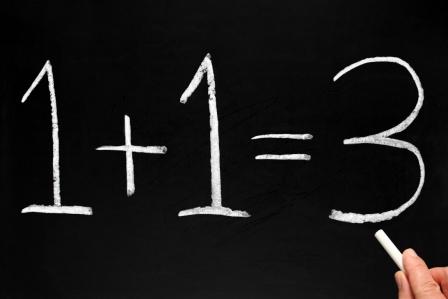If you are like most contact centers, you have deployed some level of quality management program, whether it is as simple as manually scoring or form or more complex through the deployment of sophisticated systems technologies such as screen recording and analytics. Some of you may have even gone a step further and also deployed a Voice of the Customer program, allowing you to capture customer feedback through some channel, such as feedback surveys.
If you have been lucky enough to be able to deploy both programs, you still may not be maximizing the potential. While both QM and VOC programs offer pretty compelling stories on their own, there is yet more value for those that are able to create synergies between the two. Here are a few examples of what can be accomplished.
- QM Calibration: Most centers calibrate their QM systems by doing group evaluations and then discussing discrepancies in the score. This is effective, but is essentially flawed because it doesn't help identify flaws in the design of the system. Using your Voice of the Customer system allows you to calibrate your quality system in line with what really matters - customer satisfaction. It will allow you to identify areas in your current quality assessment program that do not align with customer experience objectives and correct those through changes in policy or process.
- More Effective Training and Coaching: By using only one of these systems, or using them in silos, you are handicapping your visibility into the 360-degree performance of the agent. Essentially, you are only able to assess an agent's performance using a subset of their total performance. By linking these systems, you are able to gain a more complete picture of the agent's performance from different perspectives. This allows you to define training and coaching plans that are more relevant.
- Increased Agent Satisfaction and Retention: This is a factor of the last two points. Agents that have clear direction through productive training and coaching and are confident that the processes of the center will not punish them for doing the right thing for the customer generally have a higher level of satisfaction than those in constant disarray. Agent satisfaction in turn has proven to be directly related to agent retention. Happy agents then become more productive. This is a cyclical system that will keeps improving.
There is a movement in the industry to bring these systems together, and for good reason. 1+1 really does equal 3 (or perhaps more) if you are constantly looking for ways to get more out of the technologies that you are using. This is especially relevant when it comes to agent optimization. Are you getting the most out of your systems and if not, what's stopping you?




